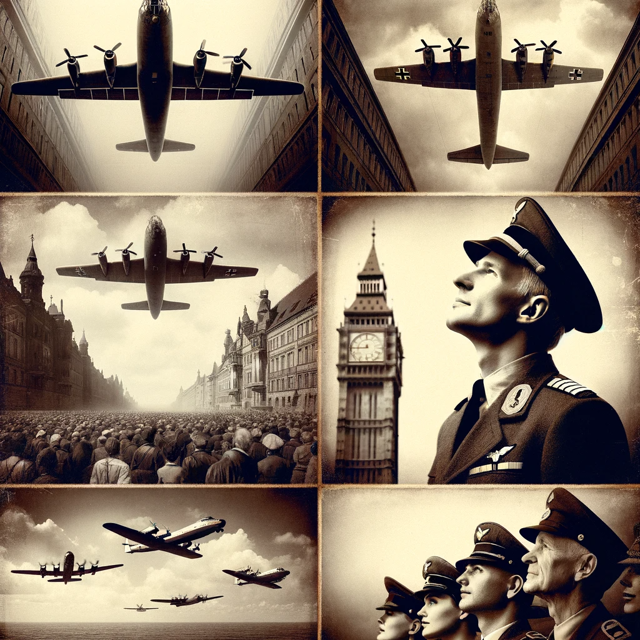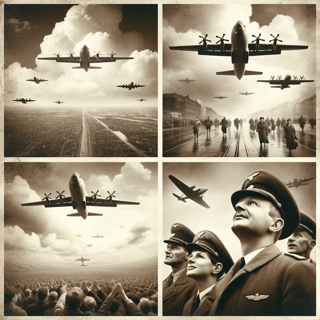January 2024
Discover the remarkable story of the Berlin Airlift in this article, where resilience meets cooperation against Cold War odds. Learn how the Western Allies overcame the Soviet blockade to deliver hope and essential supplies to West Berlin, turning a dire crisis into a triumphant symbol of solidarity and human spirit.
Last updated 18 months ago
Will publish on 06/07/2026
Berlin Airlift: Defying Blockades, Delivering Hope
By Monica Granlove

The Berlin Airlift stands as a historic testament to human resilience and cooperation, unfolding from June 24, 1948, to May 12, 1949, amid the early Cold War tensions. Originating as a response to the Soviet Union's blockade of West Berlin, a strategic move to oust the Allies from the city, the airlift morphed into a colossal humanitarian effort.
Following World War II, Germany found itself divided into four occupation zones controlled by the United States, the Soviet Union, the United Kingdom, and France. Berlin, nestled within the Soviet zone, was similarly partitioned among the Allies. The escalating tensions between the Western Allies and the Soviet Union erupted into the Soviet blockade of West Berlin on June 24, 1948, an attempt to starve the city of crucial supplies and coerce the Allies into abandoning it.
In a remarkable show of determination and compassion, the Western Allies, prominently the United States and the United Kingdom, initiated the Berlin Airlift to sustain West Berlin by air. Commencing with the first flights on June 26, 1948, primarily carrying coal, this mammoth logistical operation transported a continuous stream of supplies, encompassing food, fuel, and essentials, to West Berlin. Dubbed "Operation Vittles" by the U.S. and "Operation Plainfare" by the British, the airlift utilized Tempelhof Airport, Gatow Airfield, and Tegel Airport in West Berlin as primary hubs.
The sheer scale of the airlift was awe-inspiring and became a lifeline for West Berliners, endearing the Western Allies to the population and symbolizing hope and resilience. The candy-dropping "Operation Little Vittles," where pilots showered sweets and chocolate for children, added a heartwarming touch to the Allied efforts. West Berliners, acutely aware of the hardships imposed by the Soviet blockade, embraced the sight of aircraft as a symbol of unwavering support.
Conversely, in East Berlin and East Germany, under the establishment of the Soviet-backed German Democratic Republic (GDR), sentiments were different. The GDR authorities downplayed the humanitarian nature of the Berlin Airlift, depicting the blockade as a defense against perceived West German aggression.
The success of the Berlin Airlift proved pivotal in the early Cold War, prompting the Soviet Union to lift the blockade on May 12, 1949. This achievement not only safeguarded West Berlin but also led to the establishment of the Federal Republic of Germany (West Germany) and the German Democratic Republic (East Germany) later that year.
In the novel The Electrician and The Seamstress, my maternal grandmother, Karla, harbored a deep-seated fear of planes flying overhead, stemming from her experiences during World War II. Surviving two world wars alongside my grandfather, Bruno, in the heavily bombed city of Kiel, Karla's anxiety manifested into debilitating panic attacks whenever she heard aircraft overhead. Although her struggles mirrored symptoms of what was then termed "shell shock," a condition predominantly associated with male combatants, Karla's ordeal persisted long after the war's end. I wonder what life would have been like for Karla if planes were flying humanitarian missions over her home in Kiel. Would the experience have helped or hindered her fear of planes?


